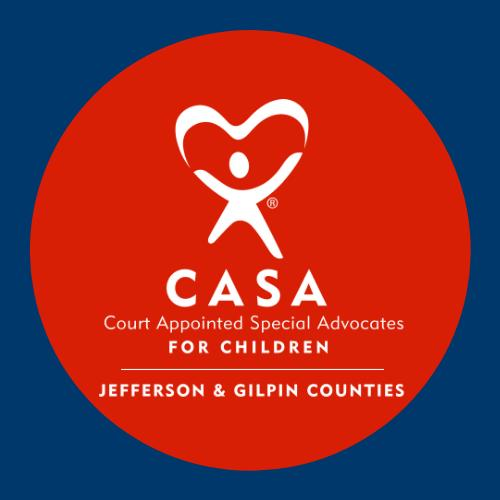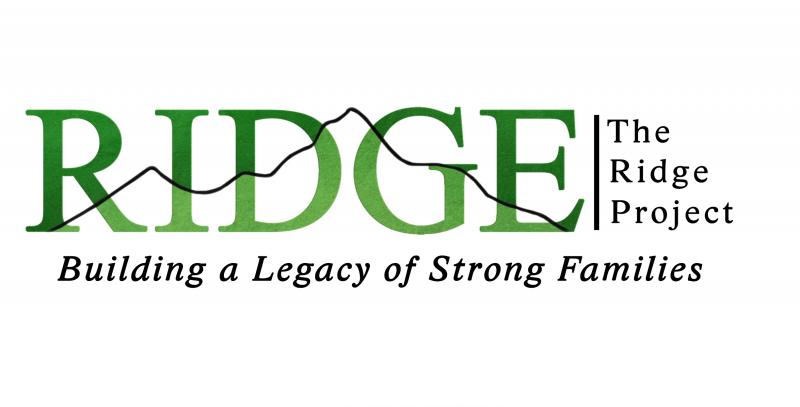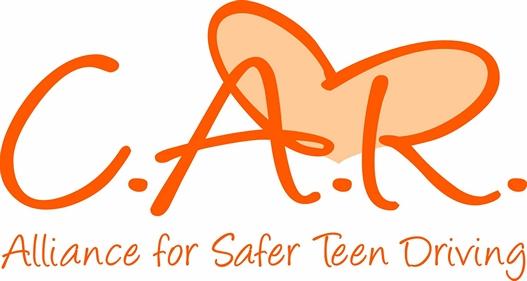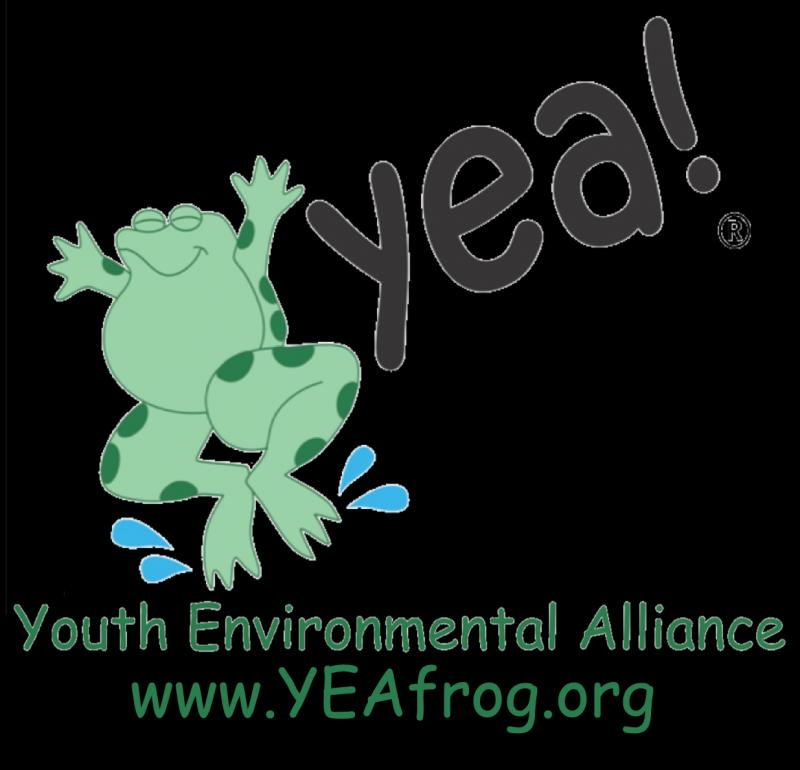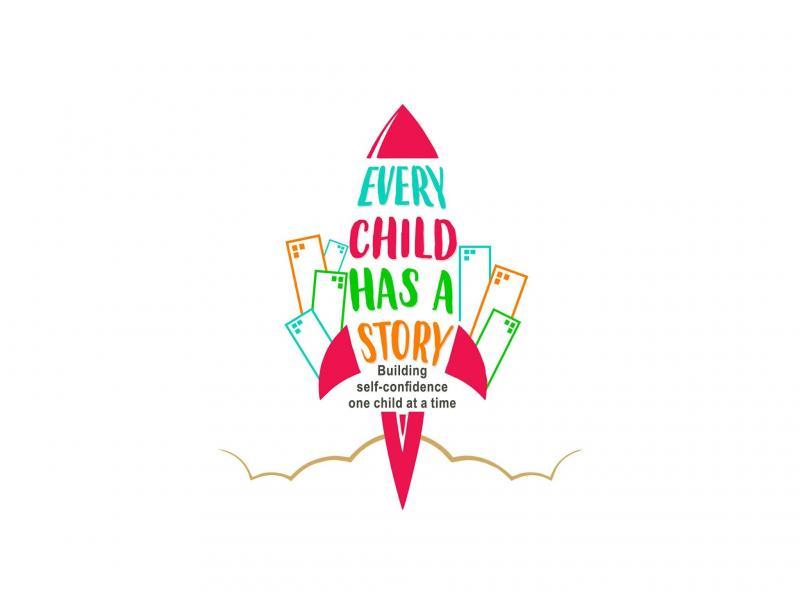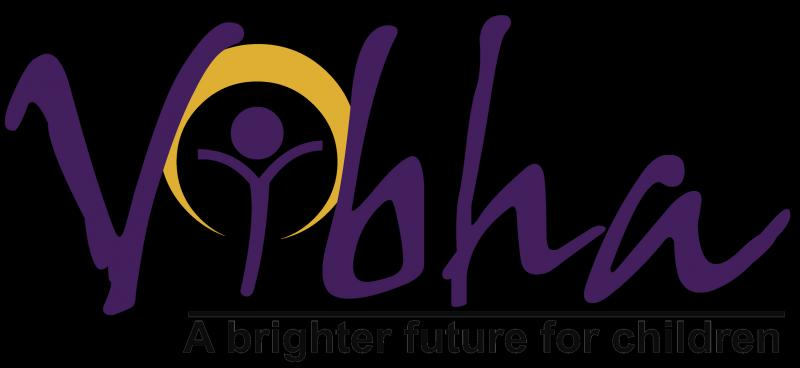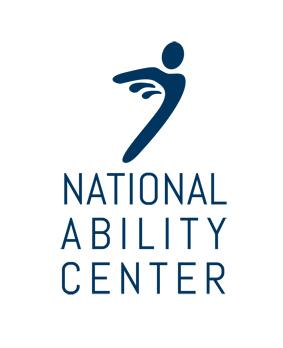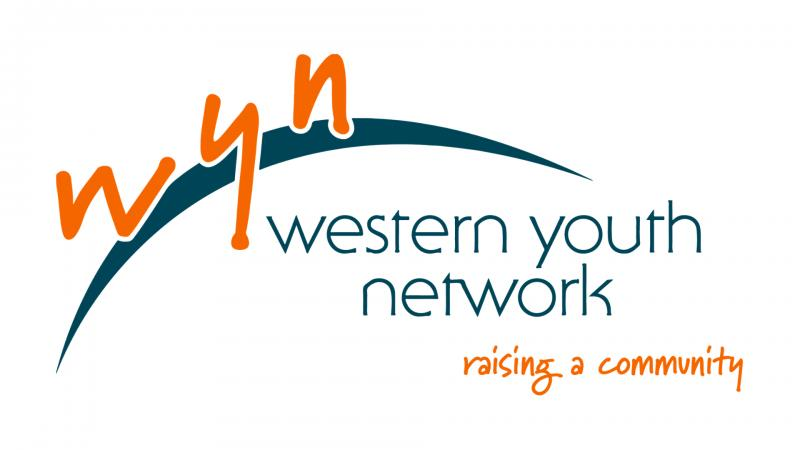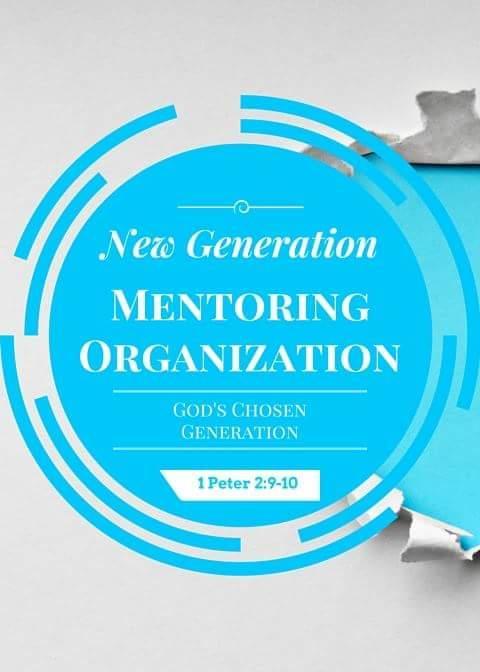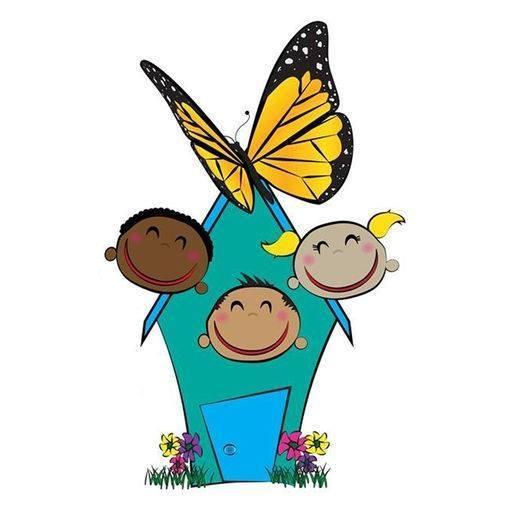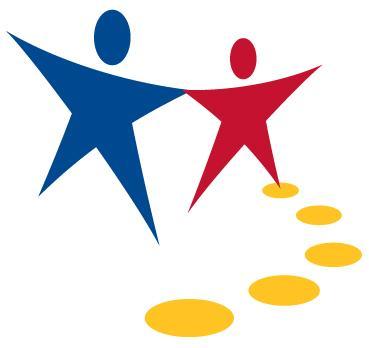Causes: Children & Youth, Youth Development Programs
Mission: Our mission is to decrease overall bullying by effectively empowering students with the tools & resources building their emotional intelligence while advocating for youth wellness and providing coping mechanisms for youth experiencing childhood trauma.
Results: We have established partnerships with the following schools & organizations. 1.Washington School for Girls (Elementary and Middle aged girls)2.Francis T. Evans Elementary School 3.Boys & Girls Club of FBR4.Nationals Youth Baseball Academy5.Johnson Middle School
Target demographics: Elementary & Middle Schools
Direct beneficiaries per year: 100 children in the Washington DC area
Geographic areas served: Washington, DC
Programs: As a trauma survivor of Adverse Childhood Experiences (ACE’s), I know first hand the challenges the youth are experiencing growing up in poverty stricken areas riddled with drugs and gun violence. I was able to survive those high stress environments but not without severe PTSD, anxiety, suppressed childhood memory and academic struggles. It wasn’t until I matured and learned coping mechanisms. The more I analyzed research and studied brain function is when I realized the impact childhood trauma had on my life. Fly By Nature Foundation was formed to bridge the gap to that the whole community is trauma informed and given the tools and resources to heal. ACEs are linked to chronic health problems, mental illness, and substance use problems in adulthood. ACEs can also negatively impact education, job opportunities, and earning potential. However, ACEs can be prevented. We created a curriculum aligned with Social Emotional Learning helps youth develop self-awareness and self-management skills to achieve school and life success. Our curriculum helps cultivate compassionate school environments that support hurting kids while building safe communities. According to the Center for Disease Control (CDC) about 61% of adults surveyed across 25 states reported that they had experienced at least one type of ACE, and nearly 1 in 6 reported they had experienced four or more types of ACEs. Creating and sustaining safe, stable, nurturing relationships and environments for all children and families can prevent ACEs and help all children reach their full potential. According to the National Survey of Children’s Health, 47 percent of children and teens have experienced a traumatic event, such as the death or incarceration of a parent, witnessing or being a victim of violence, or living with someone who has been suicidal or who has a substance or alcohol dependent, according to new federal data. In Maryland and in Virginia, the rate was 41 percent. The findings come from state-by-state survey data released Thursday from the 2016 National Survey of Children’s Health, which aims to take a first-ever real-time look at the rate of children affected by adverse childhood experiences, or ACEs. Such experiences can have serious long-term impacts on a child’s health and well-being studies show, including increased risk for smoking, alcoholism, depression and heart disease. Public health advocates hope this data, which is expected to be collected annually, will undergird a wide range of policy changes to prevent such adversity and to help children heal. Our curriculum was designed to help children heal and thrive in school so they can achieve academic success. Removing those barriers that prevent children from learning is vital to them having positive outcomes and becoming productive citizens. What empirical evidence supports the effectiveness of SEL implementation?Research confirms and teachers, parents, and principals agree: Social and emotional competencies can be taught, modeled, and practiced and lead to positive student outcomes that are important for success in school and in life. Decades of research studies demonstrate the following benefits of SEL:
•Improvement in students’ social and emotional skills, attitudes, relationships, academic performance, and perceptions of classroom and school climate
•Decline in students’ anxiety, behavior problems, and substance use
•Long-term improvements in students’ skills, attitudes, prosocial behavior, and academic performance
•Wise financial investment according to cost-benefit researchOur Youth Wellness Curriculum is designed around evidence based programming to establish cohesion between classroom, schools, families/caregivers and communities working together to achieve common goals. Here are the 5 Core Competencies:* Self Awareness* Self Management * Social Awareness* Relationship Skills* Responsible Decision Making
Mission: Our mission is to decrease overall bullying by effectively empowering students with the tools & resources building their emotional intelligence while advocating for youth wellness and providing coping mechanisms for youth experiencing childhood trauma.
Results: We have established partnerships with the following schools & organizations. 1.Washington School for Girls (Elementary and Middle aged girls)2.Francis T. Evans Elementary School 3.Boys & Girls Club of FBR4.Nationals Youth Baseball Academy5.Johnson Middle School
Target demographics: Elementary & Middle Schools
Direct beneficiaries per year: 100 children in the Washington DC area
Geographic areas served: Washington, DC
Programs: As a trauma survivor of Adverse Childhood Experiences (ACE’s), I know first hand the challenges the youth are experiencing growing up in poverty stricken areas riddled with drugs and gun violence. I was able to survive those high stress environments but not without severe PTSD, anxiety, suppressed childhood memory and academic struggles. It wasn’t until I matured and learned coping mechanisms. The more I analyzed research and studied brain function is when I realized the impact childhood trauma had on my life. Fly By Nature Foundation was formed to bridge the gap to that the whole community is trauma informed and given the tools and resources to heal. ACEs are linked to chronic health problems, mental illness, and substance use problems in adulthood. ACEs can also negatively impact education, job opportunities, and earning potential. However, ACEs can be prevented. We created a curriculum aligned with Social Emotional Learning helps youth develop self-awareness and self-management skills to achieve school and life success. Our curriculum helps cultivate compassionate school environments that support hurting kids while building safe communities. According to the Center for Disease Control (CDC) about 61% of adults surveyed across 25 states reported that they had experienced at least one type of ACE, and nearly 1 in 6 reported they had experienced four or more types of ACEs. Creating and sustaining safe, stable, nurturing relationships and environments for all children and families can prevent ACEs and help all children reach their full potential. According to the National Survey of Children’s Health, 47 percent of children and teens have experienced a traumatic event, such as the death or incarceration of a parent, witnessing or being a victim of violence, or living with someone who has been suicidal or who has a substance or alcohol dependent, according to new federal data. In Maryland and in Virginia, the rate was 41 percent. The findings come from state-by-state survey data released Thursday from the 2016 National Survey of Children’s Health, which aims to take a first-ever real-time look at the rate of children affected by adverse childhood experiences, or ACEs. Such experiences can have serious long-term impacts on a child’s health and well-being studies show, including increased risk for smoking, alcoholism, depression and heart disease. Public health advocates hope this data, which is expected to be collected annually, will undergird a wide range of policy changes to prevent such adversity and to help children heal. Our curriculum was designed to help children heal and thrive in school so they can achieve academic success. Removing those barriers that prevent children from learning is vital to them having positive outcomes and becoming productive citizens. What empirical evidence supports the effectiveness of SEL implementation?Research confirms and teachers, parents, and principals agree: Social and emotional competencies can be taught, modeled, and practiced and lead to positive student outcomes that are important for success in school and in life. Decades of research studies demonstrate the following benefits of SEL:
•Improvement in students’ social and emotional skills, attitudes, relationships, academic performance, and perceptions of classroom and school climate
•Decline in students’ anxiety, behavior problems, and substance use
•Long-term improvements in students’ skills, attitudes, prosocial behavior, and academic performance
•Wise financial investment according to cost-benefit researchOur Youth Wellness Curriculum is designed around evidence based programming to establish cohesion between classroom, schools, families/caregivers and communities working together to achieve common goals. Here are the 5 Core Competencies:* Self Awareness* Self Management * Social Awareness* Relationship Skills* Responsible Decision Making

Children & Youth
Washington



